In Netflix’s Kate, Mary Elizabeth Winstead plays a meticulous and preternaturally skilled assassin at the height of her game. When she uncharacteristically blows an assignment targeting a member of the yakuza in Tokyo, she quickly discovers that she’s been poisoned, subjected to a brutally slow death, but just enough time to exact revenge on her killers. As her body deteriorates, Kate forms an unlikely bond with the teenage daughter of one of her past victims, as she embarks on one last job. (You can read our review of the movie here.)
In this Goggler exclusive, we spoke to director Cedric Nicolas-Troyan about the recent proliferation of revenge thrillers, his cinematic inspirations, and that brutal kitchen beat down between Mary Elizabeth Winstead’s Kate and Miyavi’s Jojima.

Umapagan Ampikaipakan: There seems to be an entire cottage industry of these sorts of medium budget action thrillers coming out of Hollywood. What is the appeal of this sort of movie? Why did you want to make this?
Cedric Nicolas-Troyan: I always have a tendency to to be interested in female protagonists. So I’m always looking for movies with female leads because I feel like they can have a tough side, and a hard side, but they can also be very vulnerable and have a really soft side. A female protagonist has a big spectrum as far as I’m concerned. So I’m interested in that kind of stuff.
I also liked that it was all set in Japan. And that is a country that is very dear to me and very close to me. I spend a lot of time over there and I’ve always wanted to do something in Japan. And so, when that came about, I just jumped on the opportunity.
UA: That leads beautifully to my next question. Which is about the aesthetic of the movie. I grew up watching Japanese movies, and TV, and anime, and I could see some of the places you were looking to when crafting this movie. Can you talk to me about your sources of inspiration for Kate and which classic depictions of Tokyo did you lean towards?
CNT: Yeah, absolutely. I grew up in France, and in the 1980s, a lot of the cartoons that we were watching were from Japan. So I grew up with a lot of that, Grendizer, Mazinger Z, Fist of the North Star, all of that stuff. I grew up with that and I was in love with it. That and American comic books. And then after that, when I started to get a little bit older, it was like, cyberpunk and Mamoru Oshii movies, Akira obviously, and then Blade Runner. So that was always very kind of present for me. And I always loved that. And I always wanted to celebrate that.
Later in my life. when I went to Japan, and I worked in Japan, and stayed there for a long time, I fell in love with all the other aspects of the culture. So for me, it was an opportunity to link all those dots, and all those influences that I had. I’m a big fan of Takeshi Kitano’s movies. And all of that was a part of how I came to be.
Part of it was also growing up in France and watching Nikita when it came out in theaters…
UA: I was just going to say, Kate does have something of a Luc Besson vibe…
CNT: Yeah! I mean, there is a shot when you see a hole and you see her face coming in, that’s actually my wink and my homage to Nikita, which is a movie that was very, very important for me.
When I watched Nikita in France, back when Luc Besson first made it, and I went to see it at the movies, I thought, “man, if one day I had the opportunity to make a movie, I would love to make a movie like that.” It was very impactful. It was very powerful. And I’ve always been very into like those types of characters, whether it’s Ellen Ripley, or Sarah Connor, or Nikita.
My mother was very much a woman like that. I kind of grew up seeing someone very strong, and very opinionated, and not taking shit from no dudes. So I’ve always been drawn to those kinds of female characters that are just amazing.
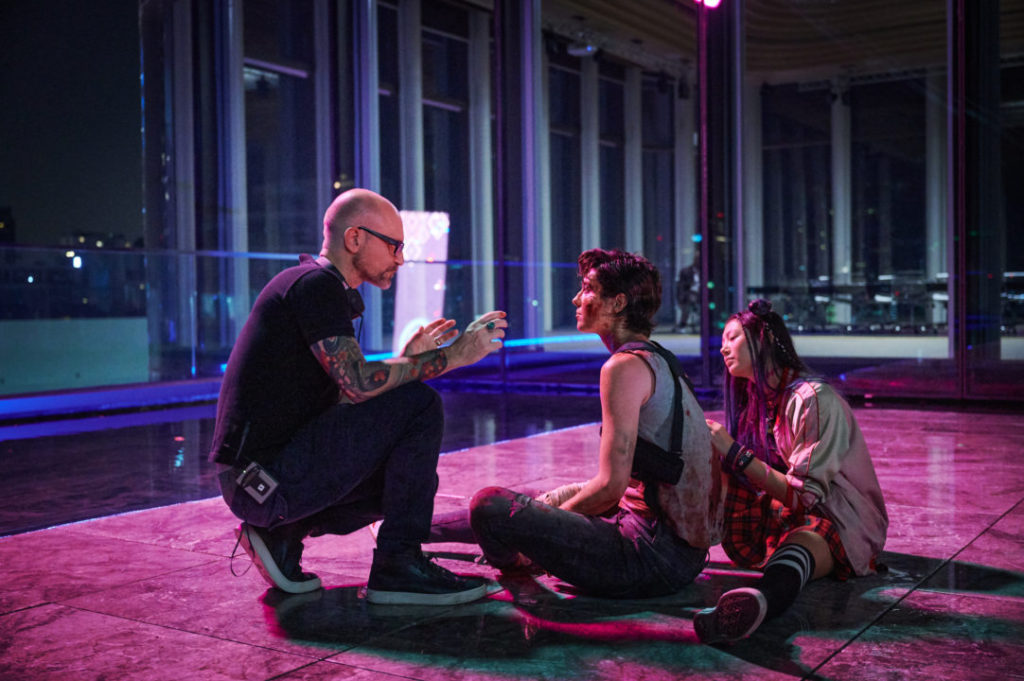
UA: You obviously cut your teeth in the industry as a VFX artist. What impact has that had on your approach to directing?
CNT: As a VFX supervisor, and creature designer, I’ve always had the tendency to see the final result and then retro-engineer that. So I break it down and go back in time to see what I need to start with. That has followed me into the director’s chair as well.
When I read the script, I can see what I’m going to do with it. I’m not just reading something. I see my version of it, I hear the music, and I know what the tone is going to be. And then, when the actors come in, it’s not just about seeing my version of it, but their version of it. I start to incorporate that, break it down, and reverse engineer that.
I think that comes from my visual effects background.
Another thing that comes from my background is the attention to detail. In VFX you have to pay attention to very, very small things. And one of the things that I carried on doing as a director is that I have to know why every single thing is there. What’s the point of this? What’s the point of that? So when I became a director, I transported that attention to detail into character and into the narrative. So it’s not just visually, but also plot wise, and character wise.
UA: One of the things that stood out in Kate was how you framed your action sequences. A lot of it is shot with a wide lens. There’s no shaky cam. You can see where everyone is and what everyone is doing. Can you talk to me about that absolutely brutal fight in Jojima’s apartment? How did you go about shooting something that complex?
CNT: This one was tricky. This one was tricky in many different ways. Design wise, when I was working with (stunt coordinator) Jonathan Eusebio, I wanted to make something slightly different than what Chad (Stahelski) was doing with John Wick. So it has that 87North, David Leitch vibe, but I wanted to try to get my own version of it.
So because Kate is poisoned, I wanted to make it very raw and very visceral. She’s always exhausted. She’s always on the verge of breaking apart. And I wanted to incorporate that into the scene. The kitchen fight, the Jojima fight, is a perfect example of that because she’s so exhausted that she’s sloppy, she’s messy, and this is the only fight where she gets her ass kicked. And if Ani wasn’t there, she would be dead. And so it was all about trying to make her sloppy and reaching out for everything she could grab and use in that fight. I was looking around and I saw an espresso machine. I picked it up and I was like, “oh, that looks like it could hurt.” And then we incorporated that into the scene. That was the design aspect of it.
After that it was the close quarters of it all that was really tricky. We’re very close and it’s kind of a narrow space. And what makes it even harder is the fact that it’s two actors together. Most of the time it’s an actor and stuntman, or stuntmen. And those guys are pros. They know how to place themselves. But this time it was Miyavi and Mary, and they were like really close. Which is very hard. But what was great with Mary and Miyavi was that they were game. They were like, “this is great, let’s rehearse that, we’re going to make this work.”
And without Miyavi, and without Mary, and without the two of them being like, “yes, I want to do this,” then you can’t really do a scene like that. I can be kicking and screaming all I want. It’s not going to work if they don’t do it. And Miyavi didn’t have a lot of time to rehearse, so he had to learn it really fast. And so, seeing him doing what he does, and how fast he learned to fight – which was in two days – was pretty amazing.
And on top of that, that was the very first fight that we shot. So it was really cool because everything was on the table for this one. But when we were done with this one, it was a relief because we were like, “well, okay, now everything else is not going to as hard on that.”

UA: Besides all of the punching, kicking, and shooting, the movie also takes on some heavy themes, especially with regards to the endless cycle of violence. Talk to me about that scene between Kate and Kijima.
CNT: We always talked about this scene. And we wrote that scene over and over. And the reason why is because it was, for me, the most important scene in the film. I think that scene brings the film to a different level. And there were a lot of things that were important in that scene. Mary’s performance is crazy good. And Jun’s performance is amazing.
And for me, there were a lot of things happening in this film. And that was the point where she was going to get her revenge, and get the bad guy, and I didn’t want that. I didn’t want her to find the mob boss and just kill him, because I’ve seen that film before.
UA: Because you reach that point in the movie and realize that there is still 30 minutes left.
CNT: Exactly. And that was really important for me. Because Jun’s character Kijima represents tradition in Japan. He represents a more traditionalist approach. I wanted him to be a gangster, but also a man who has made many mistakes, and has to come to terms with that. He could have had 20 yakuza waiting for her, but he didn’t. And I think that’s the lesson in the film, and that’s the lesson that Kate learns.

UA: What was it like working with the great Jun Kunimura?
I had the incredible opportunity to audition Jun while I was in Tokyo. And when Jun did the scene, I asked him not to be the boss, but a teacher who is trying to teach Kate something. And he did the scene like that, and he only did it once, and he did it in Japanese, and I was blown away.
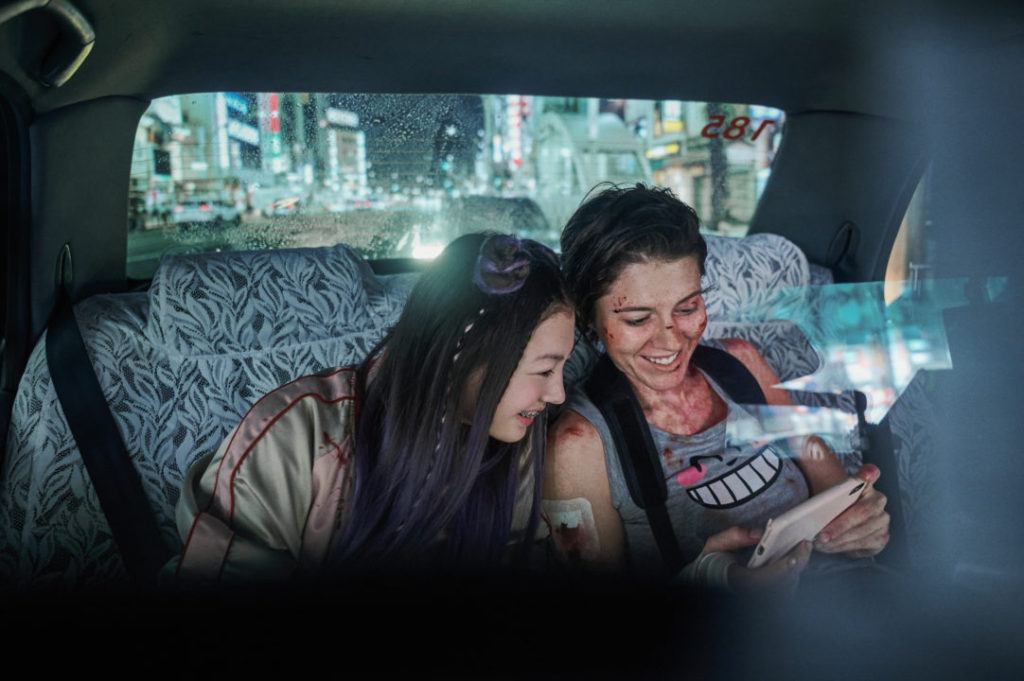
UA: Mary and Miku have fantastic chemistry. It works on an emotional level. It also works on a comedic level. Can you talk to me about how the both of them developed that? Was it something that came naturally with the both of them? Did they just connect?
CNT: It was something that I was hoping for. When I cast Mary as Kate, it wasn’t just because she was an amazing actress, or a dancer, or because she was up for this challenge – because she’s all of that – but it’s also because of who she is as a person. She’s a very warm person, and a very welcoming person. And I knew that for Ani, I was going to have to get someone who had done nothing. And in order to have that person be the best she can be, she would need to have a scene partner that is warm and welcoming.
So when I knew Mary was going to be Kate, I brought in Miku to read with her and it just happened. Mary embraced her completely, and Miku was, all of a sudden, safe. And that’s my job, to build an environment where actors can be the best version of themselves.
And then, on the set, when we started shooting, their chemistry only grew. Mary was mentoring Miku and she was soaking it up. They were playing ukulele together. They were spending all their time together. They were also spending time outside of the set together, learning how to make Thai food, which was really amazing.
So to answer your question, I was hoping that chemistry was going to be on screen because their relationship is the absolute keystone of the film. And I couldn’t be more stoked that it happened.
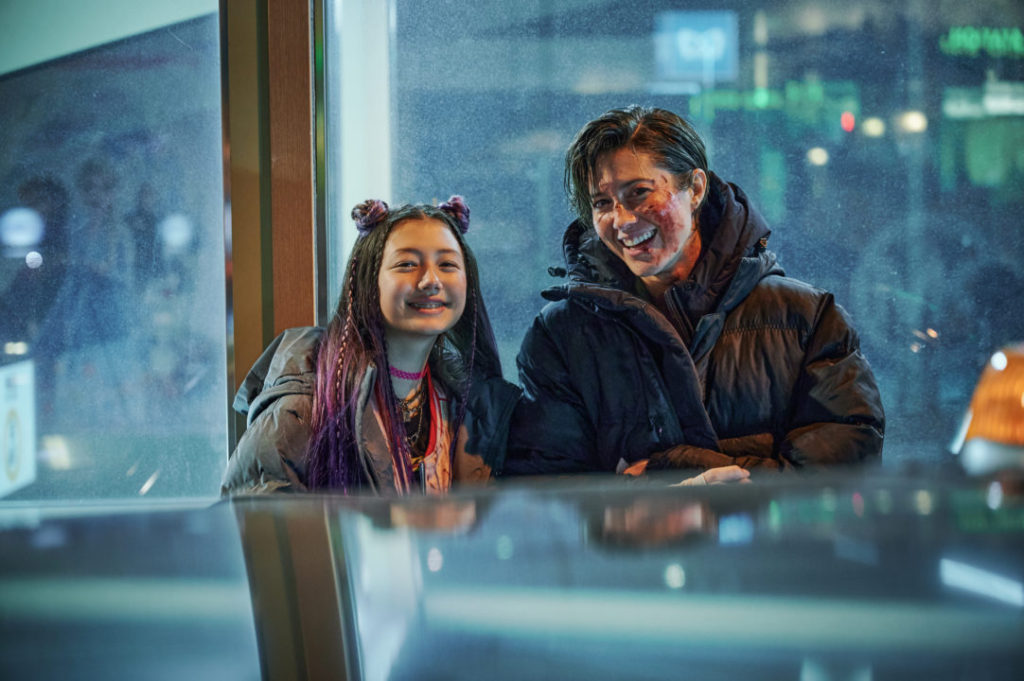
UA: How hard is it to keep people interested in a story when they know the protagonist is going to die? Because 10 minutes into this movie, you know she’s not going to make it.
CNT: But imagine if she did. Imagine if I had saved her. You would have been so mad. And so one of the things that I made clear with Netflix was that she cannot make it at the end. “We have to agree today, right now, that she dies at the end of the film.” And the team at Netflix were like, “don’t worry, we won’t change your mind.” And I have to say there were super committed. At no point in time was there a conversation in which they went, “but hold on, what if she was alive?”
But in Kate, I think it was the relationship between her and Ani. I think that’s why you want to know what she’s going to do, and what she’s going to do for Ani at the end. I think that’s what makes you stay.
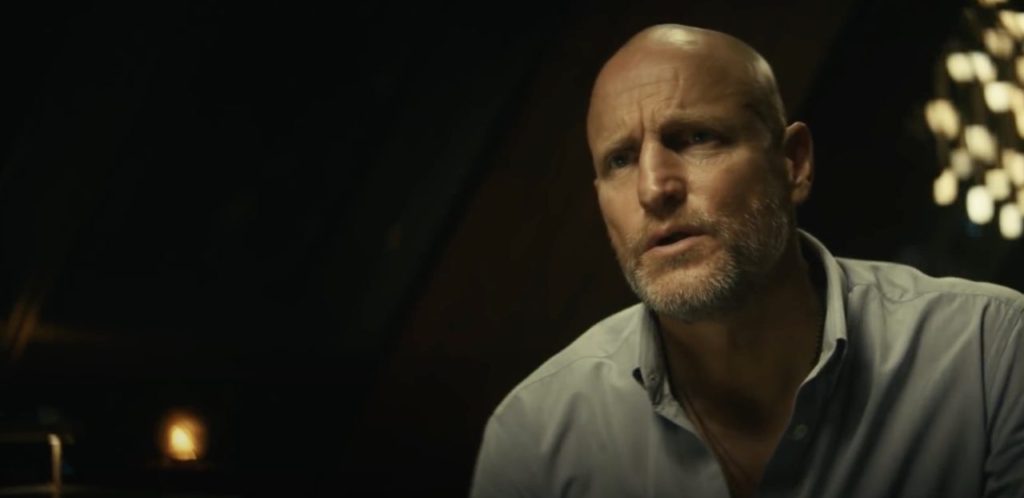
UA: Before I let you go. Can we talk about Woody Harrelson and how he’s made this late career move of playing truly mean ass bastards. And how he’s nailing it.
CNT: He plays mean guys that you love. That’s the trick. Because you like him as well. And you’re like, “man, he’s so cool.” And that’s why Woody is so great. Woody is this guy where you want to hug him because he’s so funny, and so cool, and so great. And then all of a sudden, he gives you a look and you’re like, “hold on, why am I scared right now?” Because it’s a scary look.
UA: And in this movie, he genuinely loves Kate, but he is also committed to doing what he needs to do…
CNT: Oh, he does. Absolutely. And that’s the thing that was really important in the film. Woody is very dedicated when he does a part. And it was always very clear to Varrick that he did the best he could with Kate and he really loved her. He’s the kind of guy that is going to tell you, “You know what? Don’t take it personally, man, it’s just business. I love you, but I have to do this to you right now.” And if you ask him, he will say, “Of course I loved her. I did everything for that girl. It’s not my fault if she goes off and grows herself a conscience.” That’s Varrick. And Woody is amazing at playing that.
UA: Cedric, thank you so much for your time, it’s been an absolute pleasure.
CNT: You’re welcome. You’re welcome. Have a great day. Stay safe.

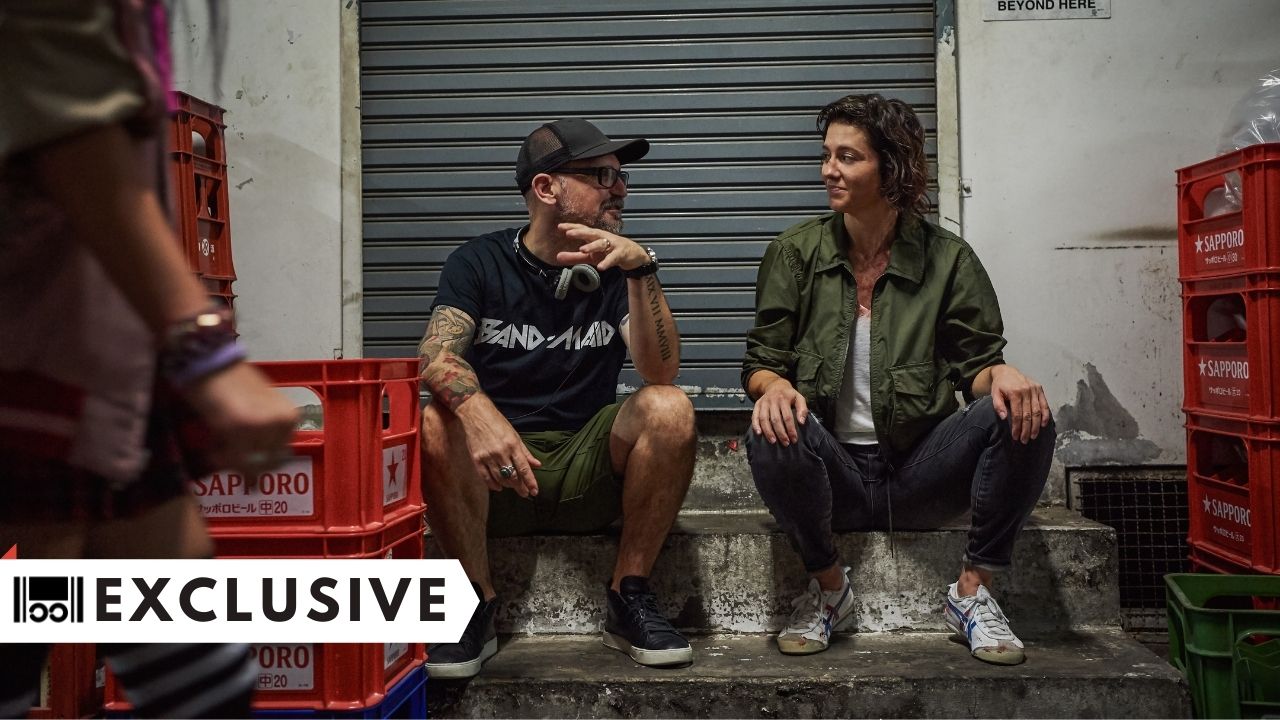
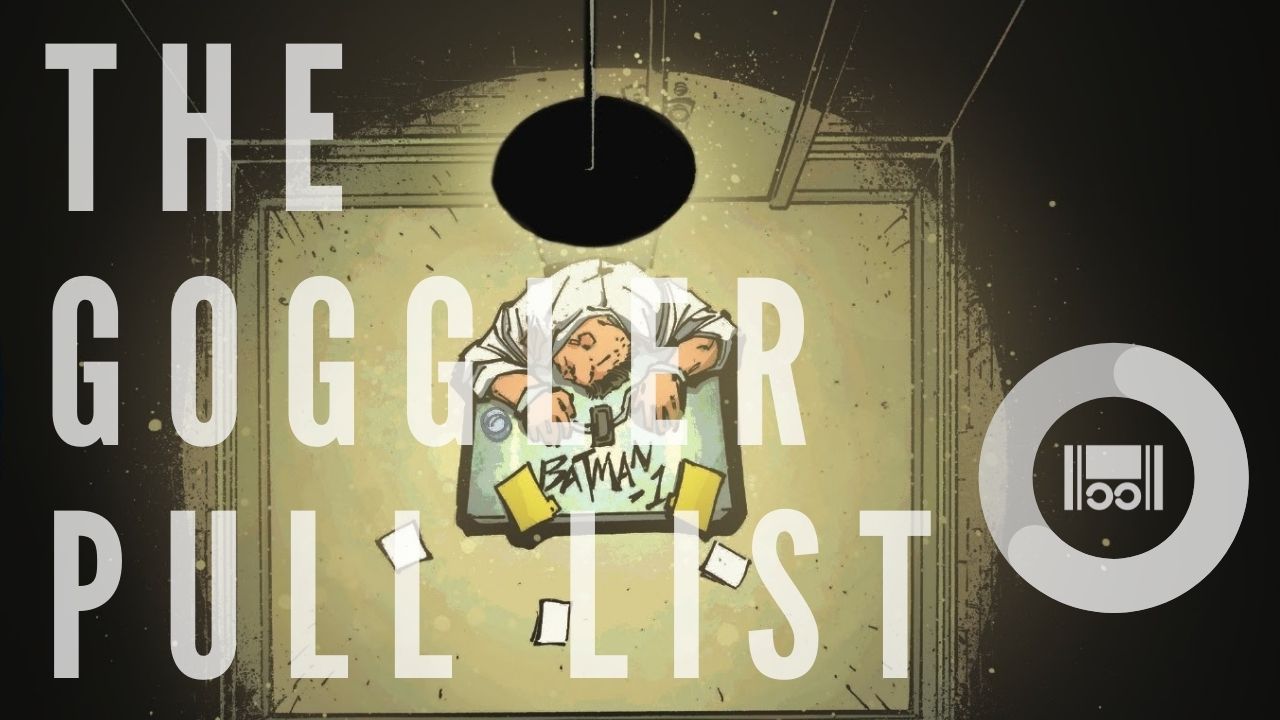

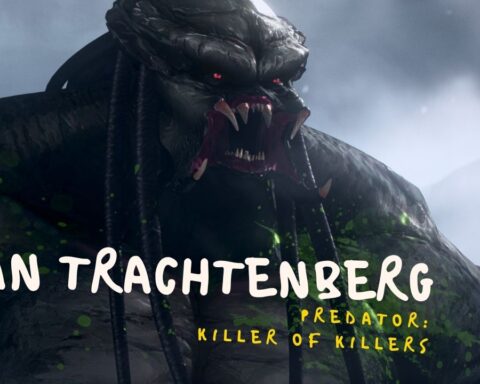
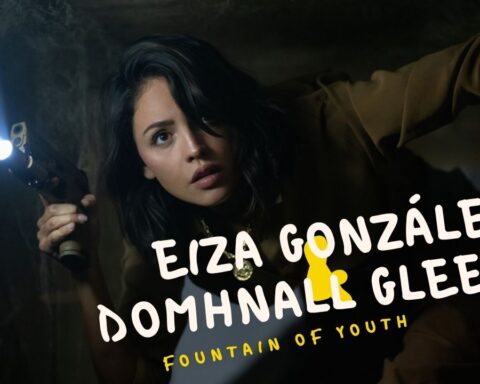
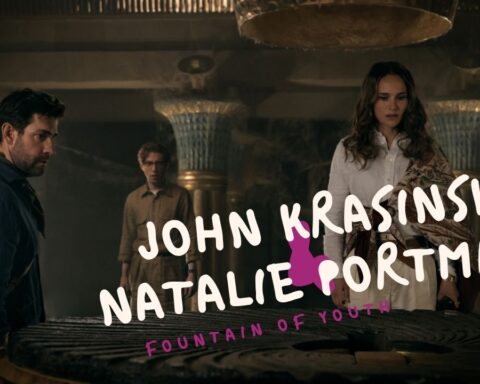
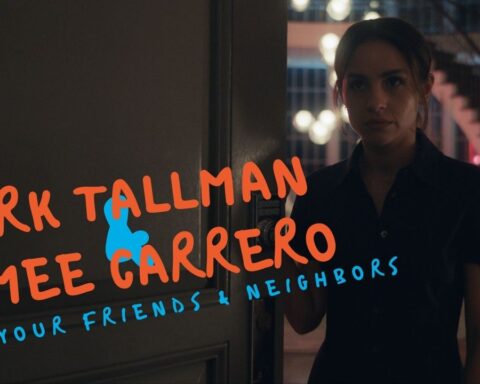
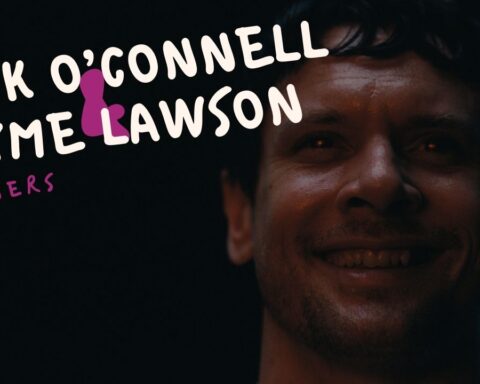
Follow Us